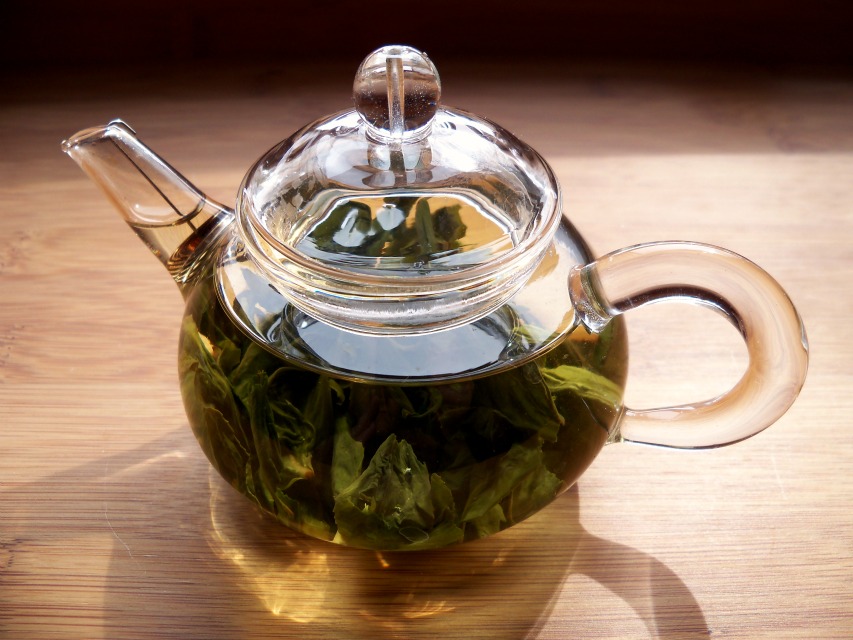A steaming cup of tea is a familiar sight, hankered for in the middle of a busy day, a snatched moment to yourself or shared with friends and family. But tea can perform alternative roles in our lives, sometimes used as a remedy or as a way of casting spells, tea can even be used as an aid to fortune-telling!
In this blog we will explore the role tea plays in the ancient practice of tasseography – or tea leaf reading – in telling fortunes.

What is tea leaf reading?
For centuries, tea leaves have been read as a way of telling the drinker’s fortunes. This is a practice called tasseography.
Tasseography, or tasseomancy, is the art of reading tea leaves at the bottom of a cup after the liquid has been consumed by the drinker. Although it is not known for certain where or when the art of tea leaf reading began, it became popular in Europe in the 17th Century, when tea from China was first introduced to the British public.
The idea behind reading tea leaves is that while drinking, a person’s movements affect the leaves in the brew and, when they settle, the shapes cast by the leaves at the bottom of the cup are unique to the drinker. Some believe these can be ‘read’ in a way that can forecast the drinker’s future.

How can I read tea leaves?
If you’d like to have a go at tea leaf reading yourself, you’ll need to start with loose leaf tea, poured into a teapot without a strainer. The ground leaves in a teabag might be a bit too fine for this process.
Boil the kettle, brew the tea and, once ready, pour it into a wide, flat-bottomed cup that ideally has no pattern on the inside. Enjoy the infusion and, once the cup is almost drained, swirl the dregs around the cup three times while engaging your imagination. You can think of specific questions or keep it more general if you’d prefer.
Some tasseography practices call for a swirling-and-turning ritual, in which you are precise with your movements and leave the cup upturned on a saucer for one minute while the liquid drains. You can do this if you wish.
Once the tea leaves have formed shapes on the bottom of the cup, you can begin your reading of their meaning. Traditionally, the cup handle represents the ‘querent’, or person receiving the reading. Close to the handle can be a good place to begin your reading, moving clockwise around the cup and formations inside. If the shape is closer to the handle, it suggests it is happening at present rather than in the past (shapes towards the rim of the cup) or the future (shapes at the bottom of the cup).

What should I look for while reading tea leaves?
If small leaves or dust seem to form a line, this can represent a journey. Darker clusters can represent bad omens, while shapes formed against the white of the teacup could represent happier outcomes.
Letters of the alphabet can appear in tea leaves. It is believed that capital letters refer to place names while lower case letters refer to a person’s name. Also look for shapes, symbols and objects.
Does anything jump out to you or bear significance in your life? In the same way that dreams can be interpreted differently by each person, tea leaf readings will mean different things to different people. Your interpretation of the shapes is what is important and relevant to your life now.
Whether you believe that tea leaves can tell fortunes or not, having a go at reading tea leaves can be a fun activity for an afternoon and something different to do while having your usual brew. Let us know if you have a go, and send us some pictures of your shapes!


